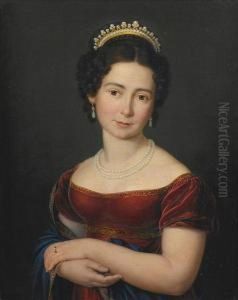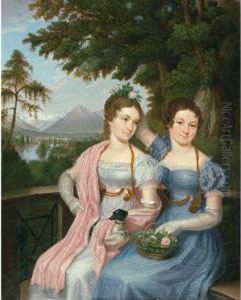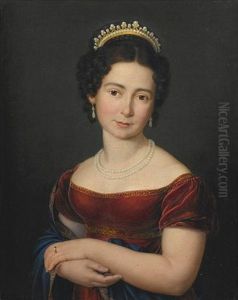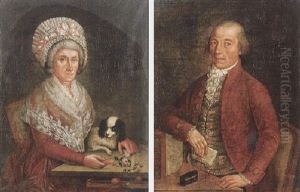Franz Joseph Zoll Paintings
Franz Joseph Zoll was an Austrian painter known for his portraits and altarpieces in the late 18th century. Born on November 13, 1741, in Rattenberg, Tyrol, into a family of craftsmen, Zoll showed an early interest in the arts. He pursued his passion for painting despite the limited opportunities available in his small hometown.
Zoll initially received his artistic training locally before moving to Vienna, where he was able to study under more prominent artists of the time. His work was influenced by the Baroque style, which was prevalent during his early years, but he eventually adopted a more classical approach to painting, in line with the shifting tastes of the period.
Throughout his career, Zoll was recognized for his skill in capturing the likeness and character of his sitters. His portraits often included members of the aristocracy and the clergy, as well as prominent figures from various professional fields. These works were noted for their fine detail and the psychological depth he brought to his depictions of individuals.
In addition to portraiture, Franz Joseph Zoll also created religious works, particularly altarpieces for churches in Austria. These pieces often featured dramatic compositions and displayed his ability to handle large-scale works with multiple figures. Despite the prominence of his religious commissions, Zoll never became as well-known as some of his contemporaries, such as Füger or Maulbertsch.
Zoll's later years were marked by a decline in his artistic production, possibly due to ill health or changing artistic tastes that favored the emerging Neoclassical style over the Baroque and Rococo influences seen in his work. Franz Joseph Zoll passed away on June 25, 1805, in Rattenberg. Although not widely recognized today, his contributions to Austrian art during the late 18th century remain noteworthy, particularly in the Tyrol region where he spent much of his life.



